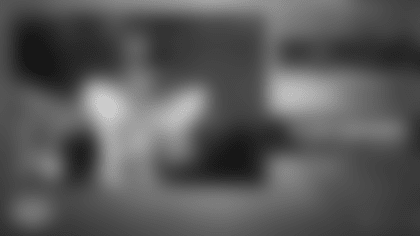The Washington Commanders were on the cusp of trying a little trickery at the New York Giants' 14-yard line in the second quarter of the Week 2 matchup. Right before the ball was snapped, Jayden Daniels and Brian Robinson Jr. shifted to the left, putting the running back directly behind the center.
The Commanders never found out whether the play would have worked, because not long after the quarterback and running back shift, guard Sam Cosmi committed a false start penalty and turned a first-and-10 into a first-and-15. Four plays later, the Commanders settled for a field goal to go up by three points instead of seven.
That series of events became all too common for the Commanders in their 21-18 win over the Giants. Their offense, which put up 425 yards that afternoon, would move inside the 10-yard line, only for a penalty, sack or lack of productive plays to stall momentum and force Austin Seibert to try a chip shot field goal. The team failed to score a touchdown on six red zone possessions, adding more pressure to what could have been a blowout win had it managed to execute.
Seven field goals, clutch as they were from Seibert, will not be enough to keep up with Joe Burrow and the Cincinnati Bengals on Monday Night Football. The Commanders know they need to fix their red zone issues to give themselves the best chance.
"We all have to do a better job -- coaches, players; it's collective," said offensive coordinator Kliff Kingsbury. "When we got down there, [we're] just not executing like we know we can."
Check out the top photos of the Washington Commanders at Northwest Stadium during their Week 2 matchup against the New York Giants. (Emilee Fails, Kourtney Carroll and Washington Commanders staff)

`


`
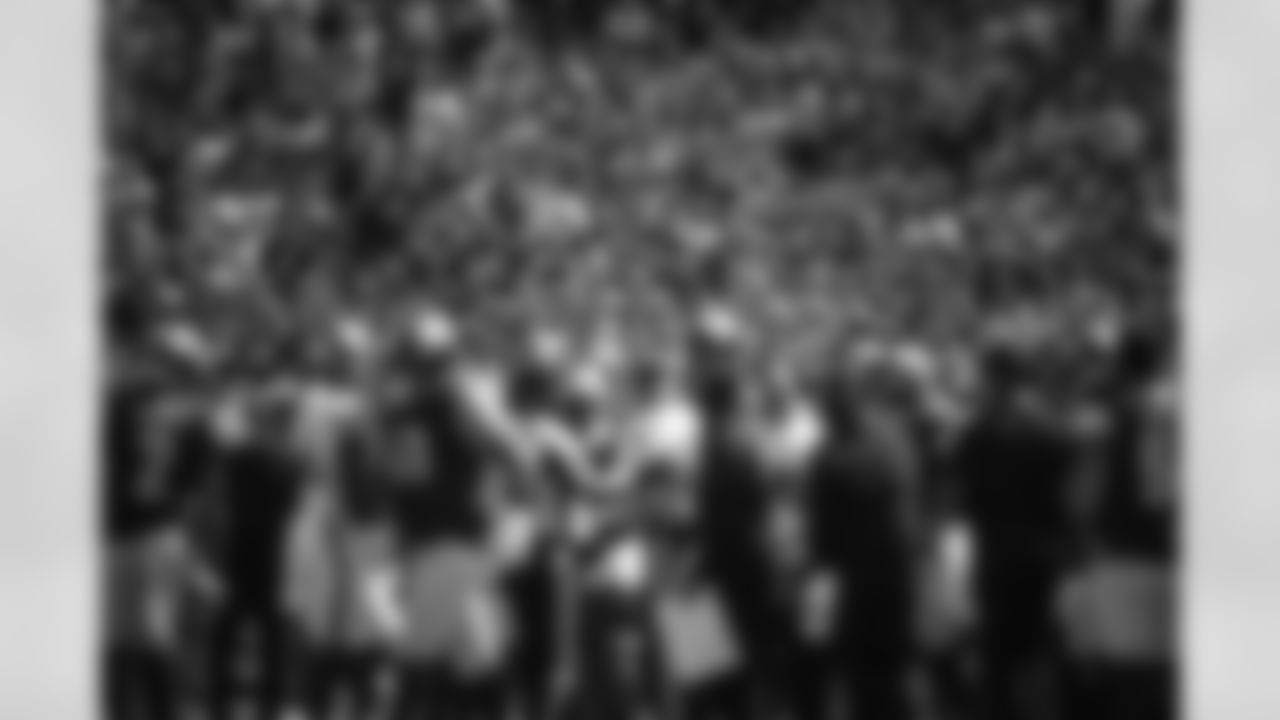

`

`

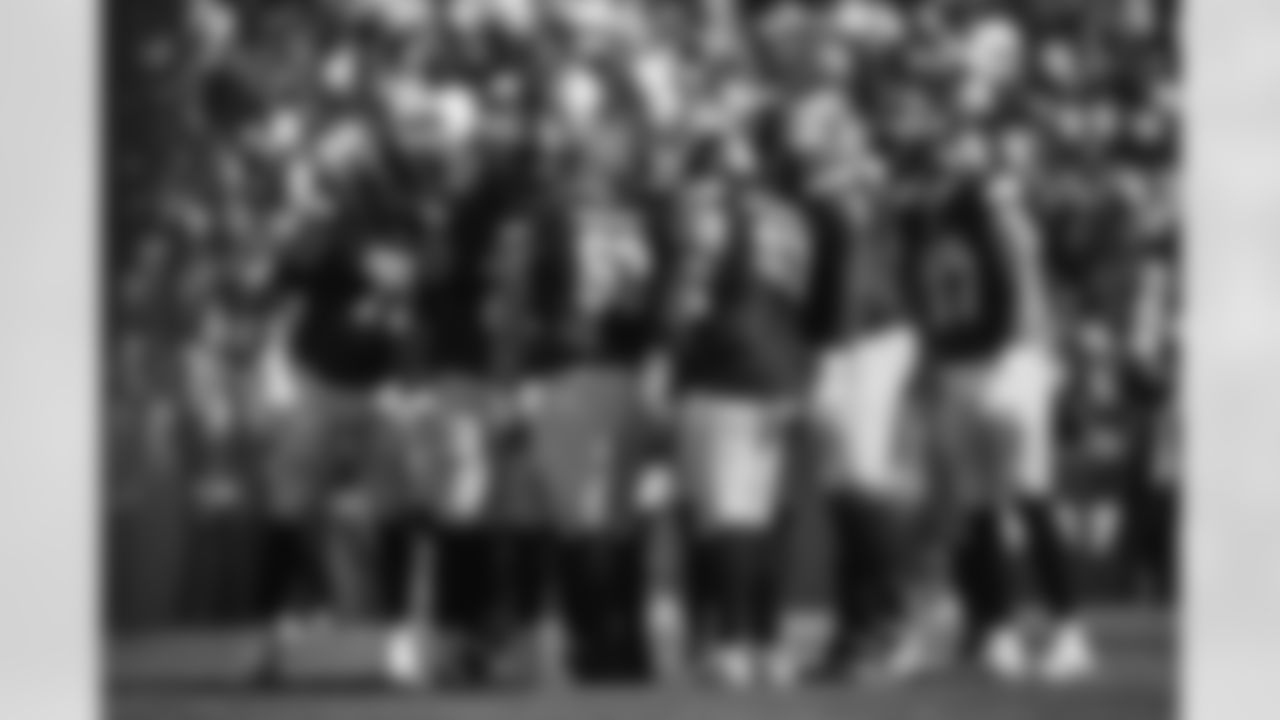
`
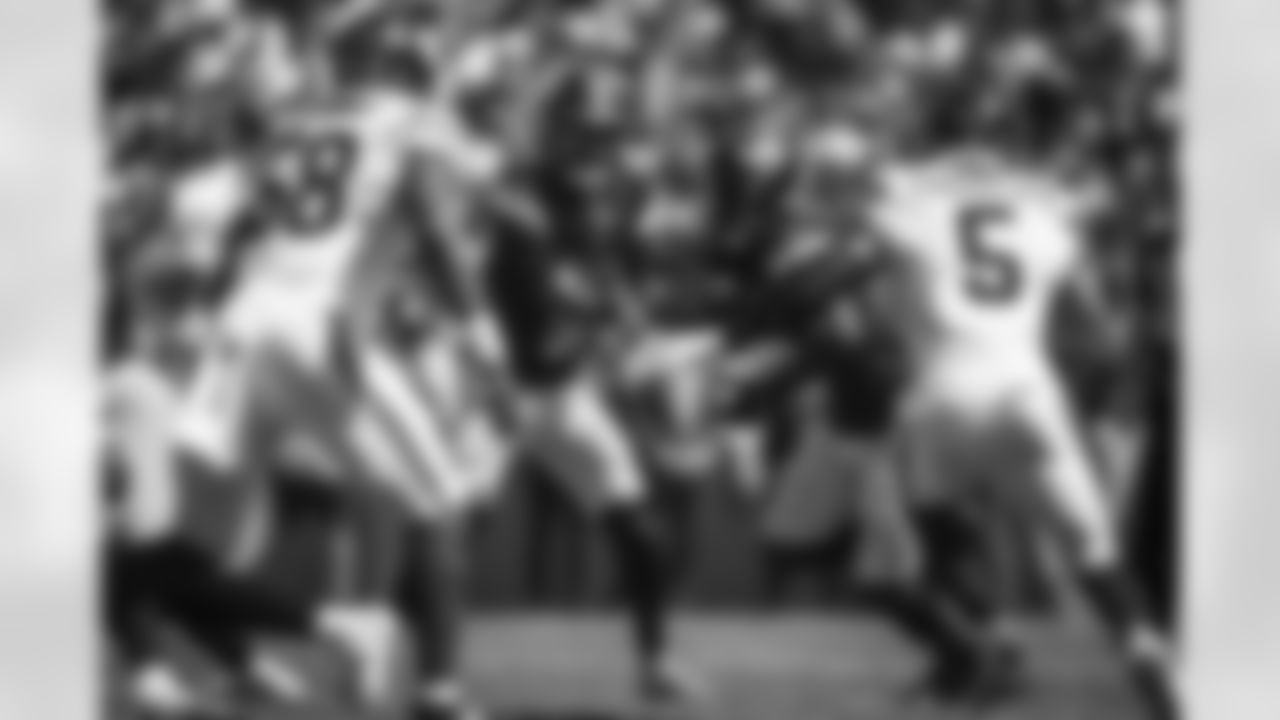
`

`
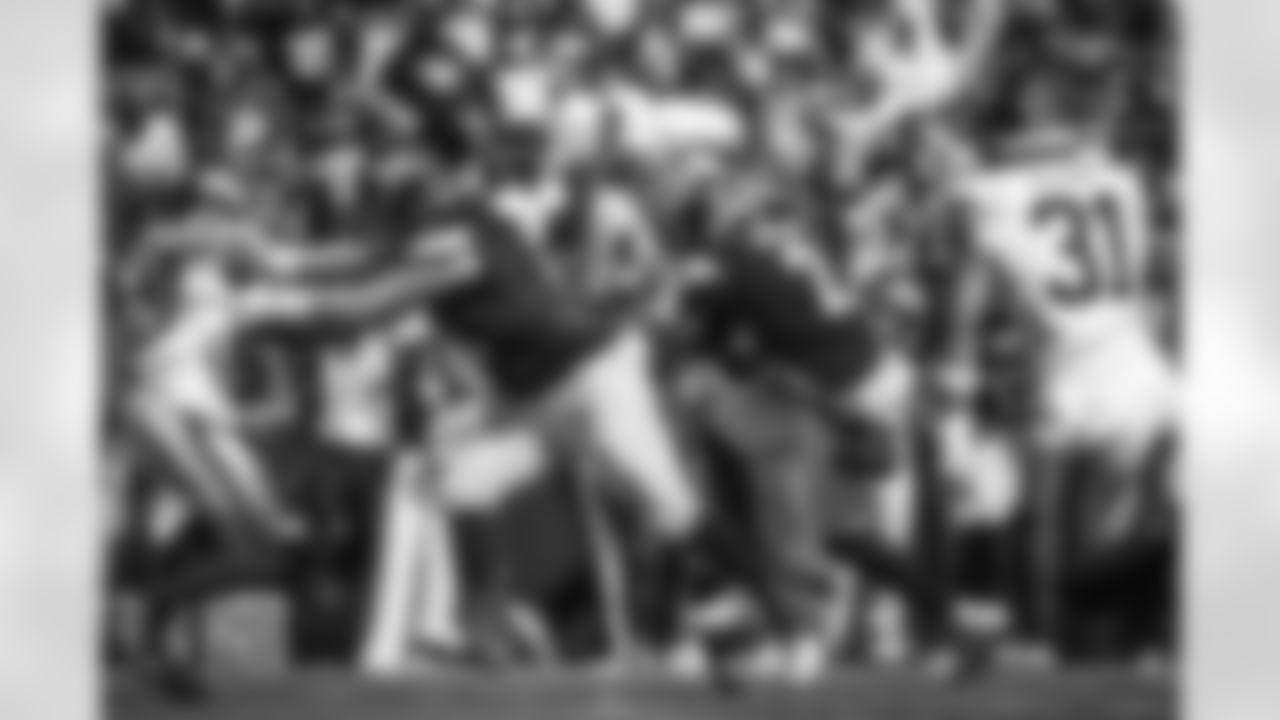
`

`
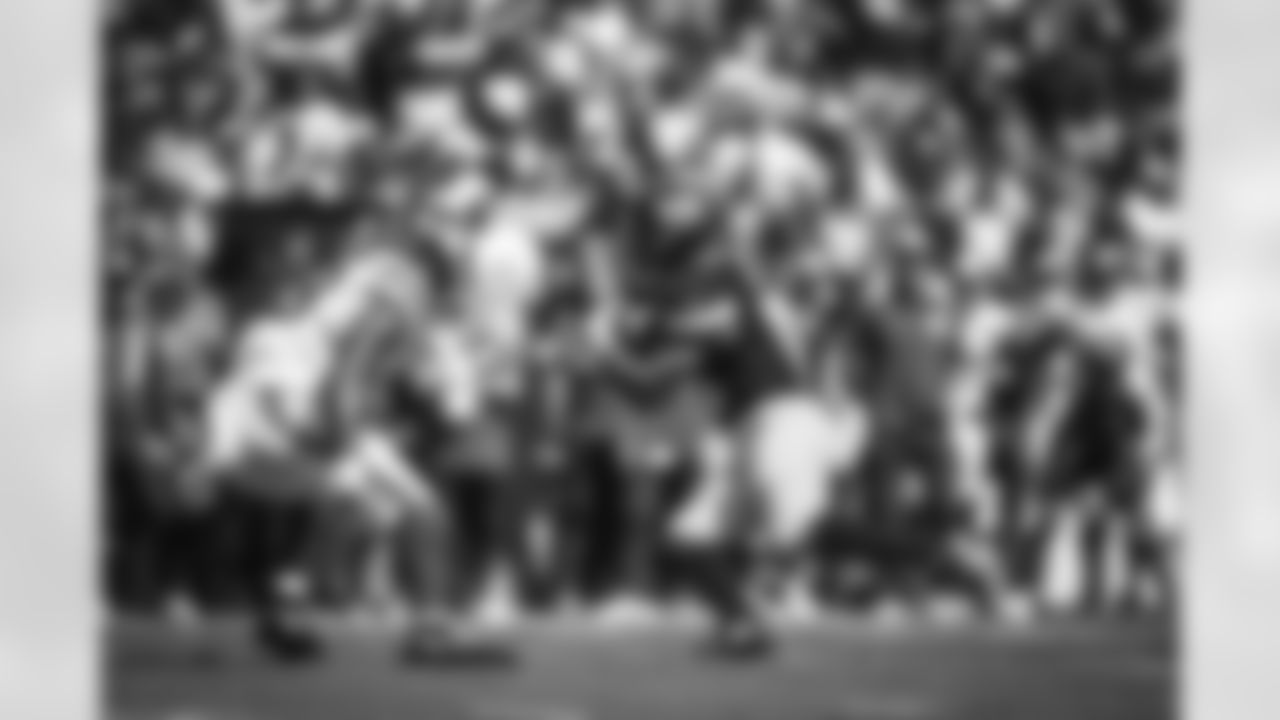
`

`

`

`
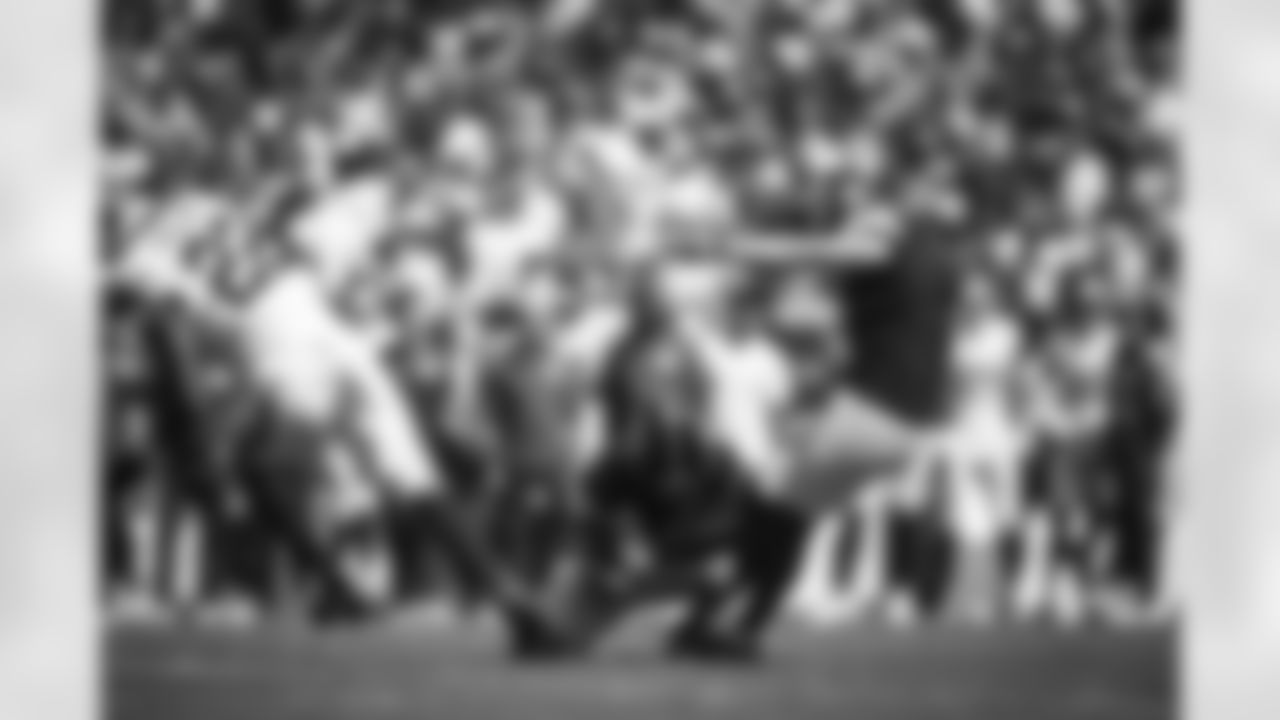
`



`

`
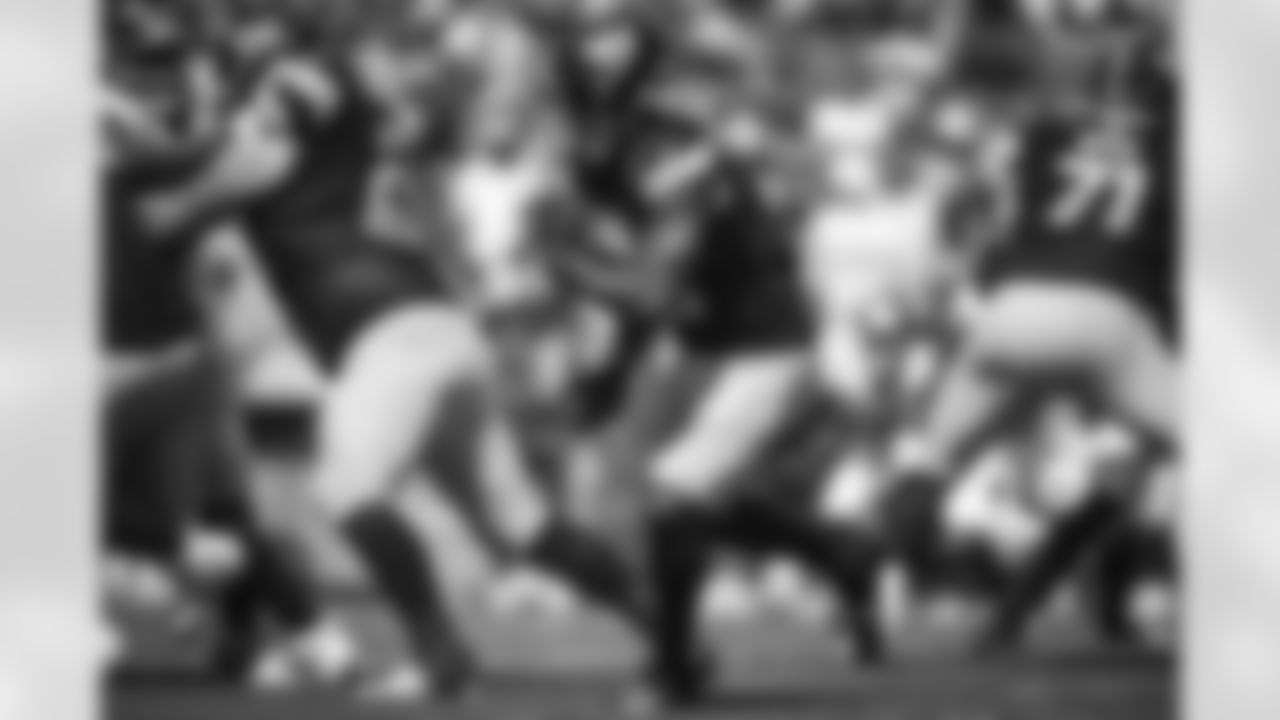
`

`
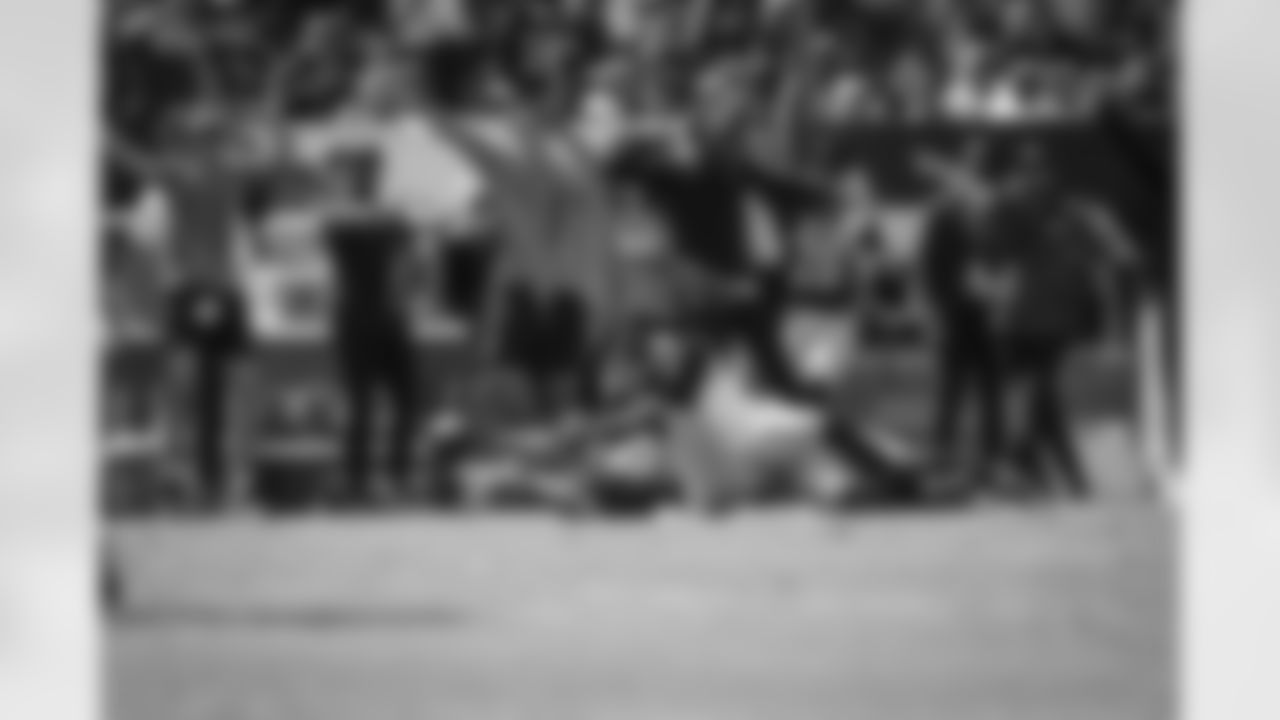


Tight end Zach Ertz (86) flexes after the first down at the New York Giants vs Washington Commanders game at Northwest Stadium in Landover MD on September 15th , 2024. (Alyssa Howell/Washington Commanders)

Tight end Zach Ertz (86) flexes after making a first down completion during the New York Giants vs Washington Commanders game at Northwest Stadium in Landover MD on September 15th , 2024. (Alyssa Howell/Washington Commanders)

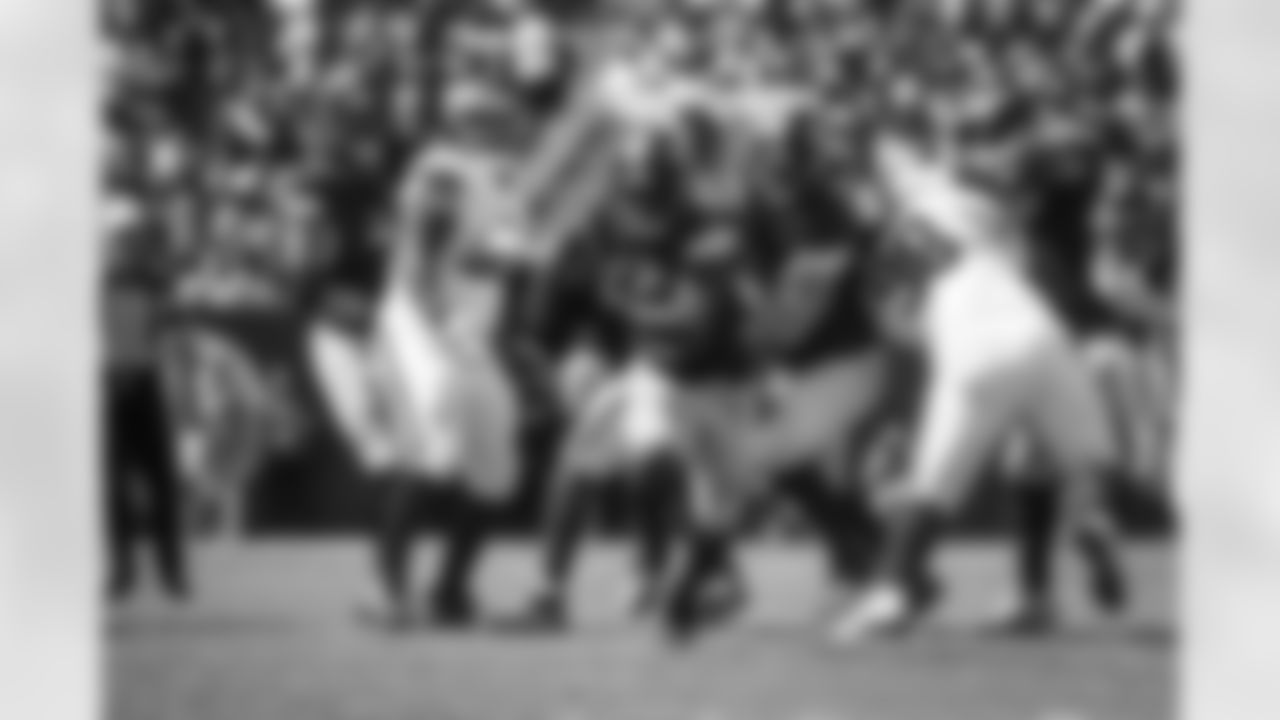
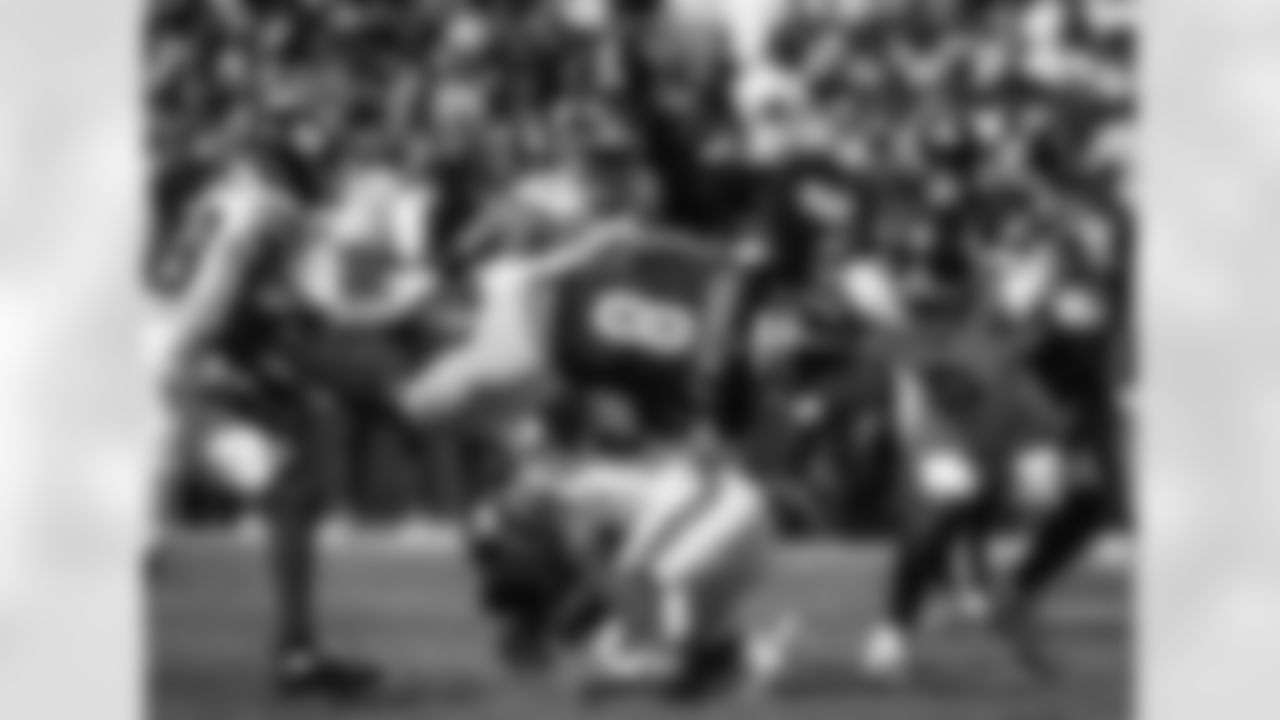
Running back Brian Robinson Jr (8) with the carry flipping over the defenseman at the New York Giants vs Washington Commanders game at Northwest Stadium in Landover MD on September 15th , 2024. (Alyssa Howell/Washington Commanders)

`

`
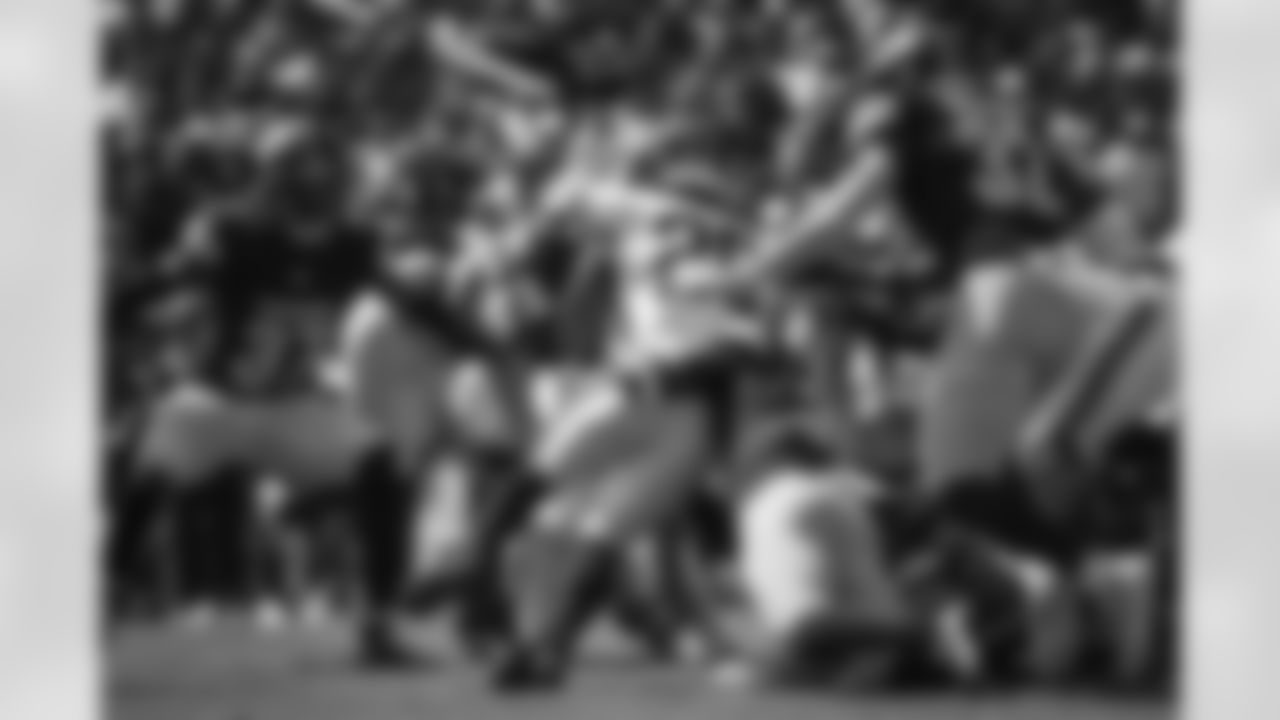


Defensive end Clelin Ferrell (99) blocking against the offensive lineman at the New York Giants vs Washington Commanders game at Northwest Stadium in Landover MD on September 15th , 2024. (Alyssa Howell/Washington Commanders)

Linebacker Frankie Luvu (4) and cornerback Michael Davis (24) with a tackle against New York Giants running back at the New York Giants vs Washington Commanders game at Northwest Stadium in Landover MD on September 15th , 2024. (Alyssa Howell/Washington Commanders)

Linebacker Frankie Luvu (4) smiling after the tackle against the Giants offense at the New York Giants vs Washington Commanders game at Northwest Stadium in Landover MD on September 15th , 2024. (Alyssa Howell/Washington Commanders)


`
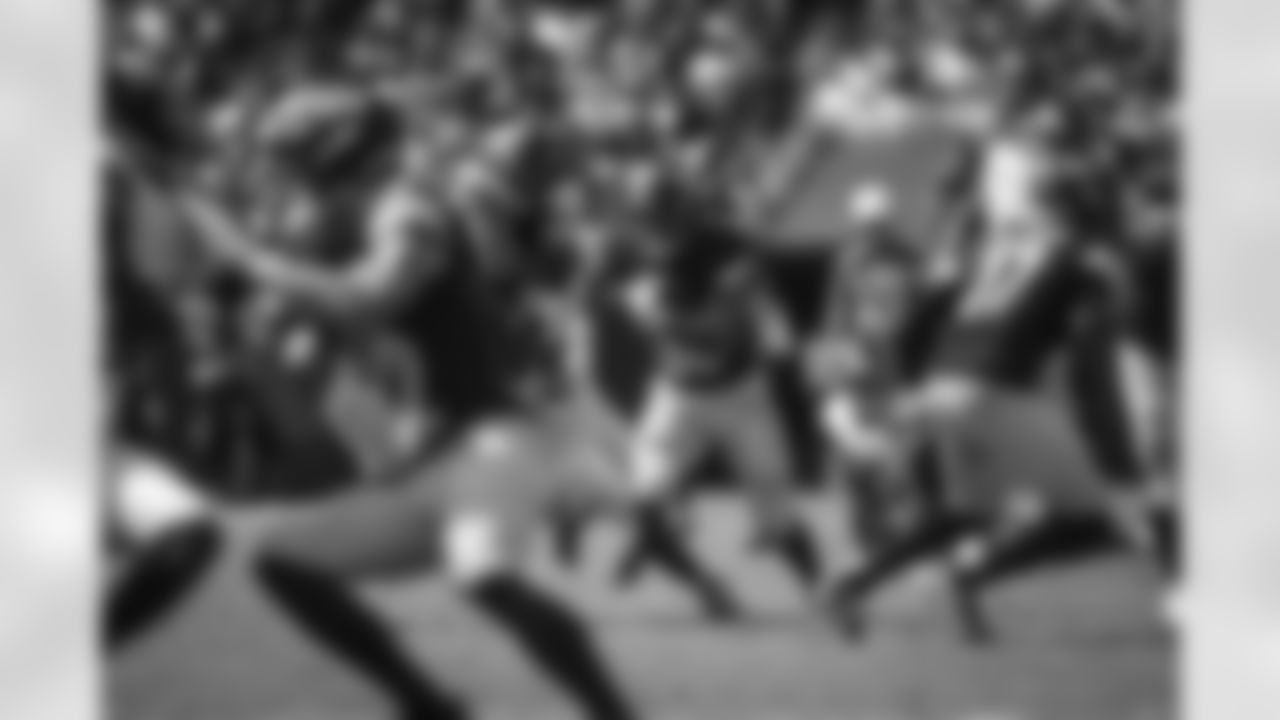
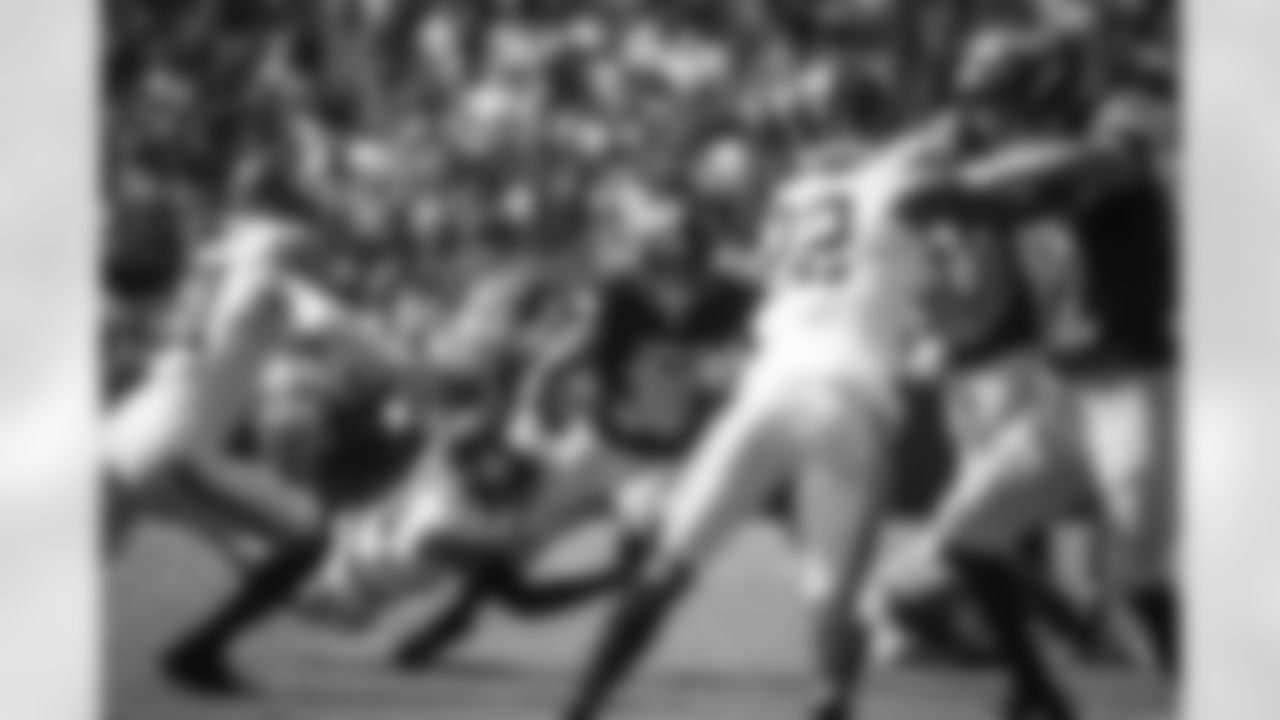

`
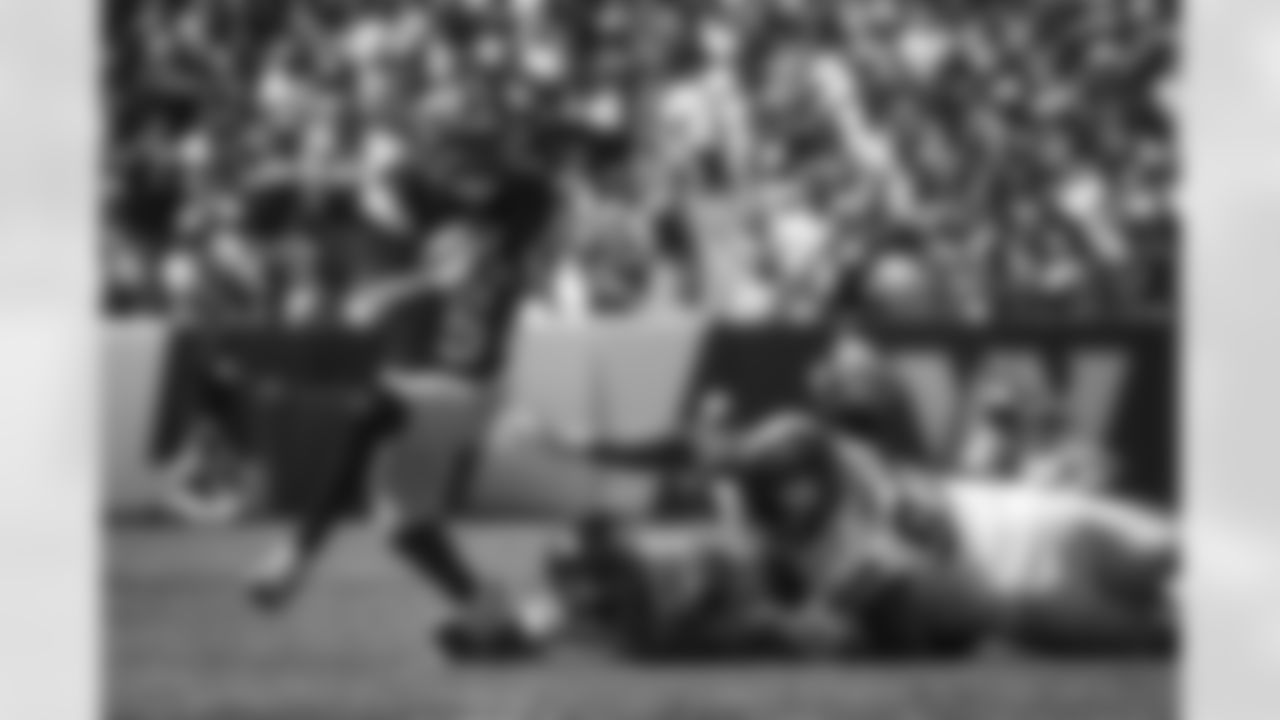
`

`




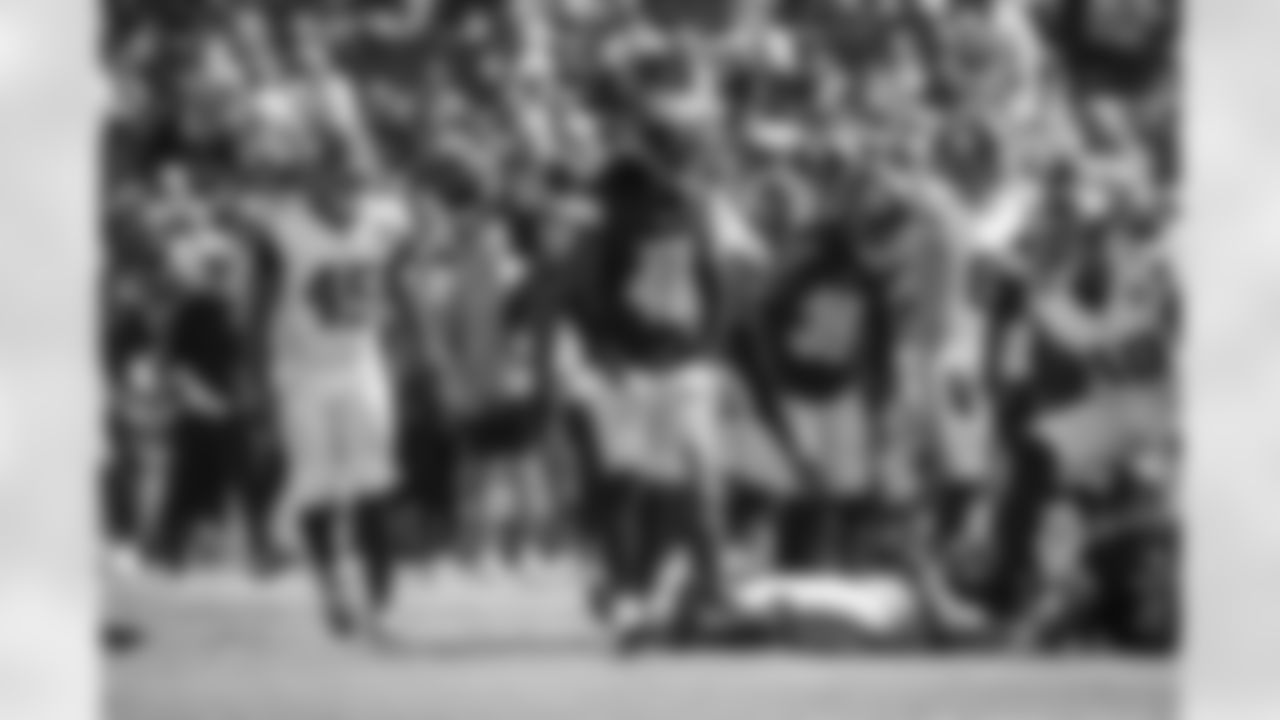
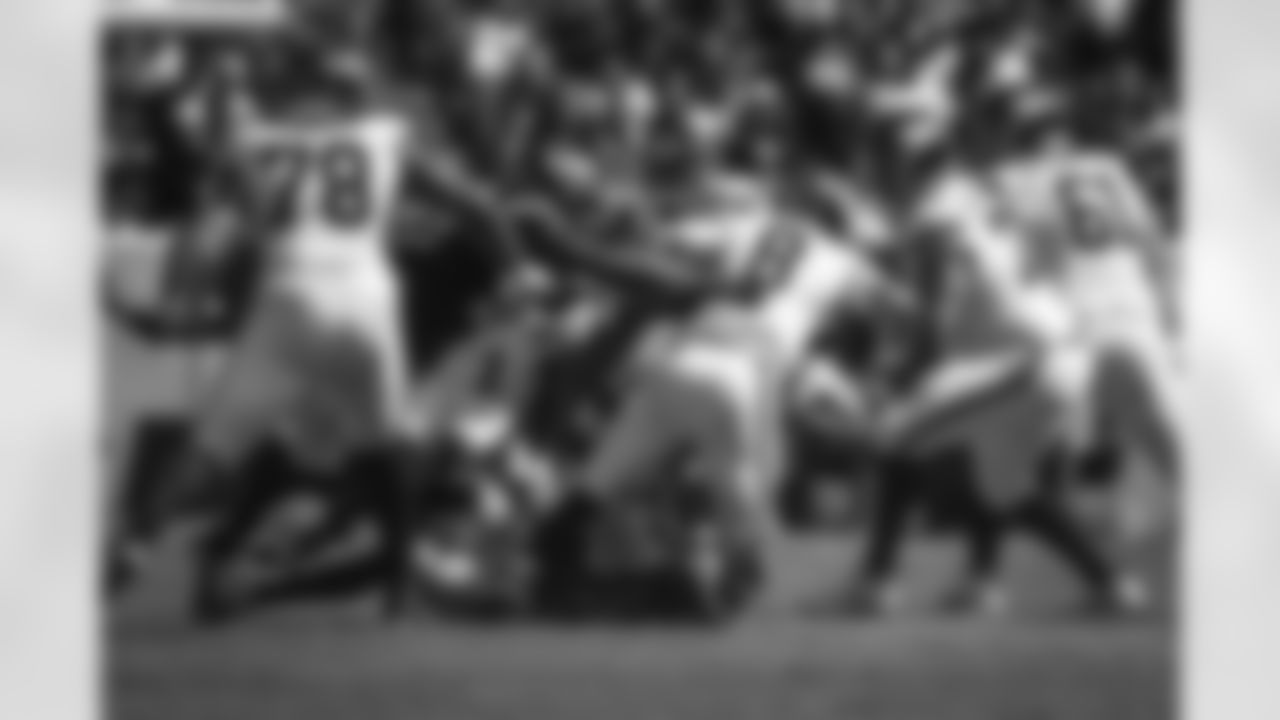

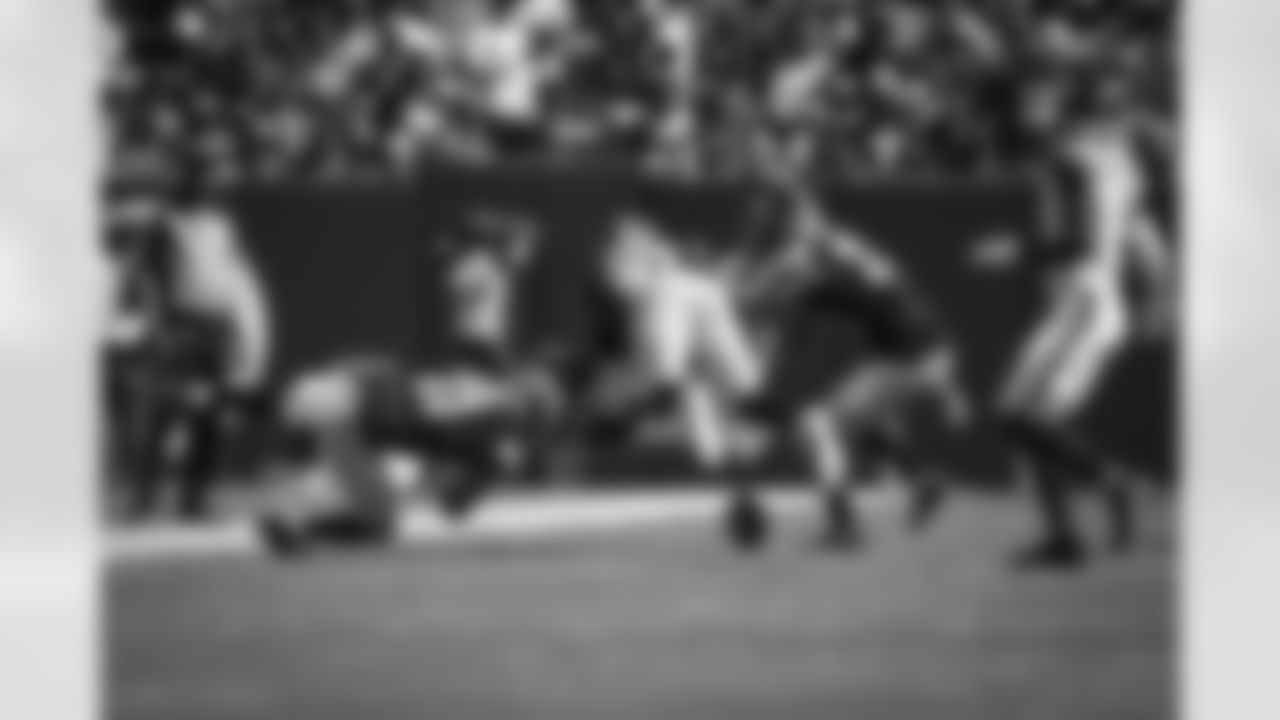


`

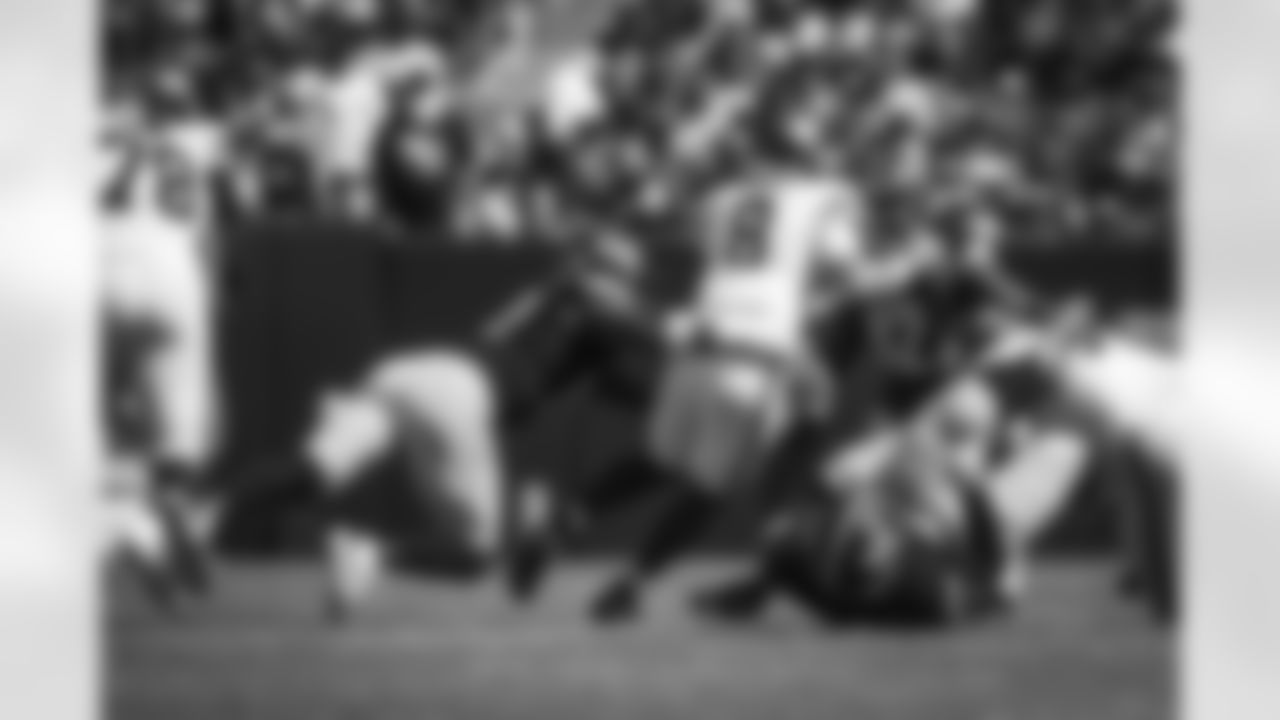
`
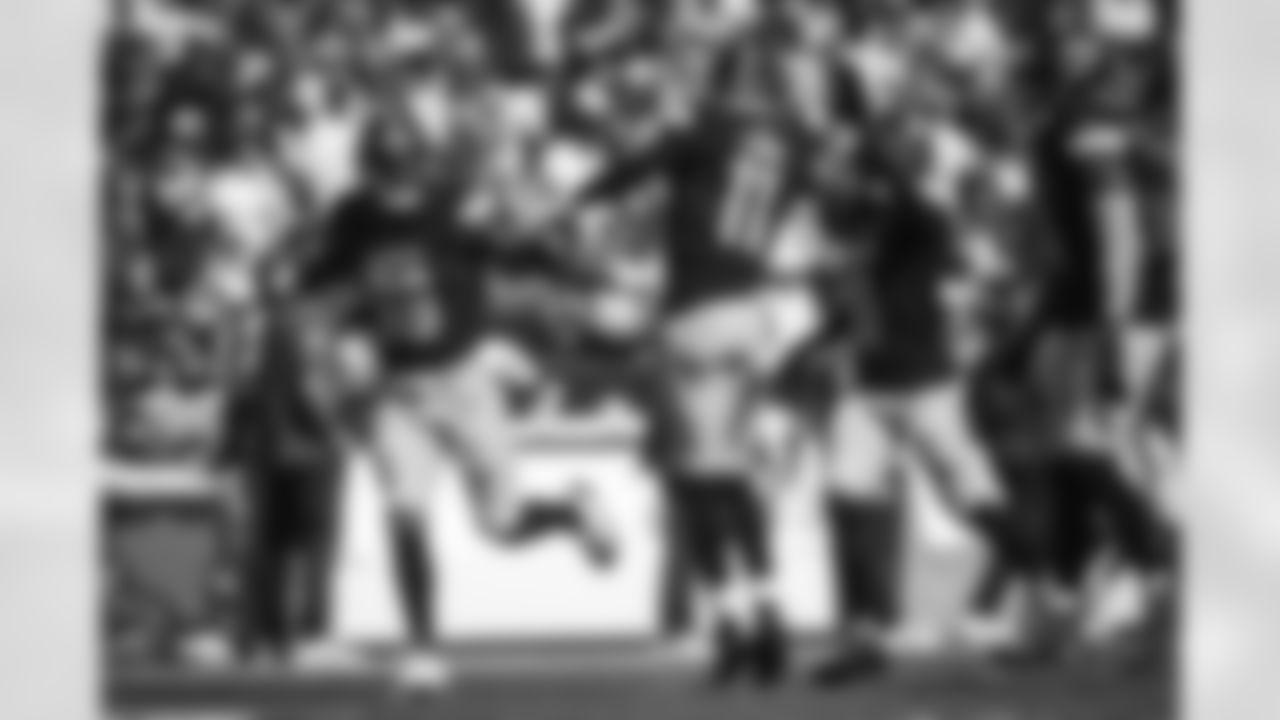
`

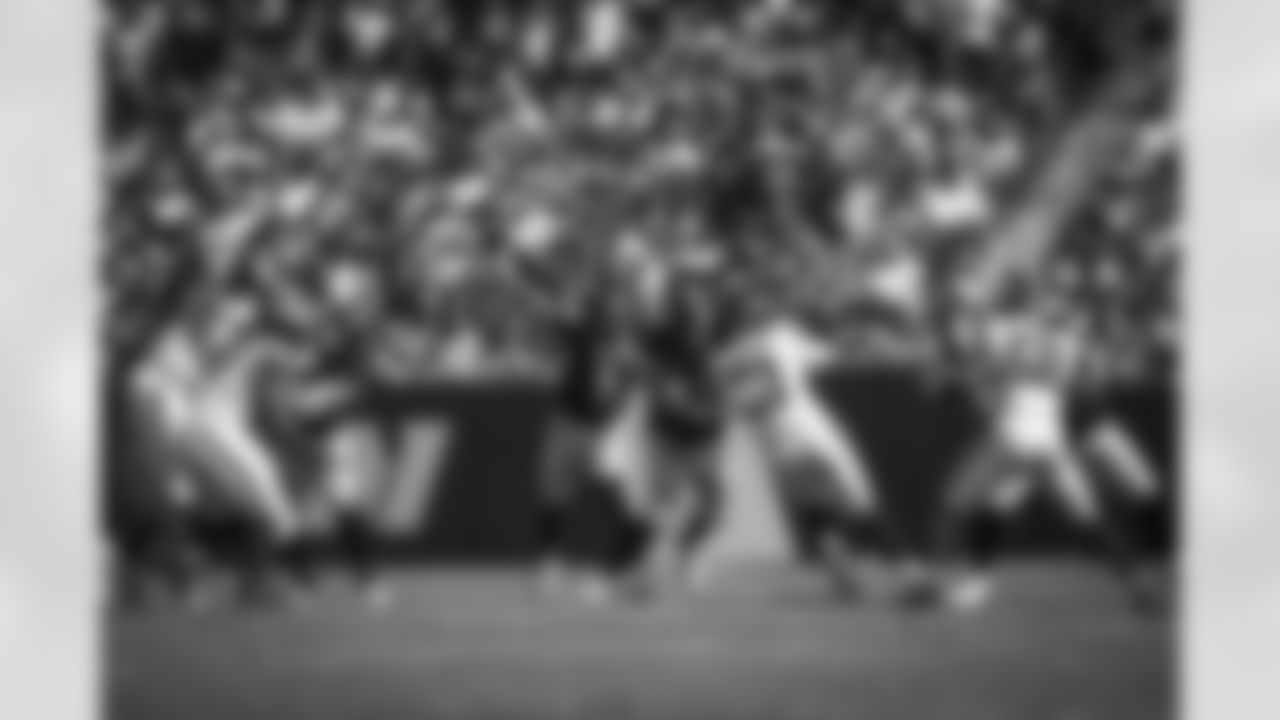
`
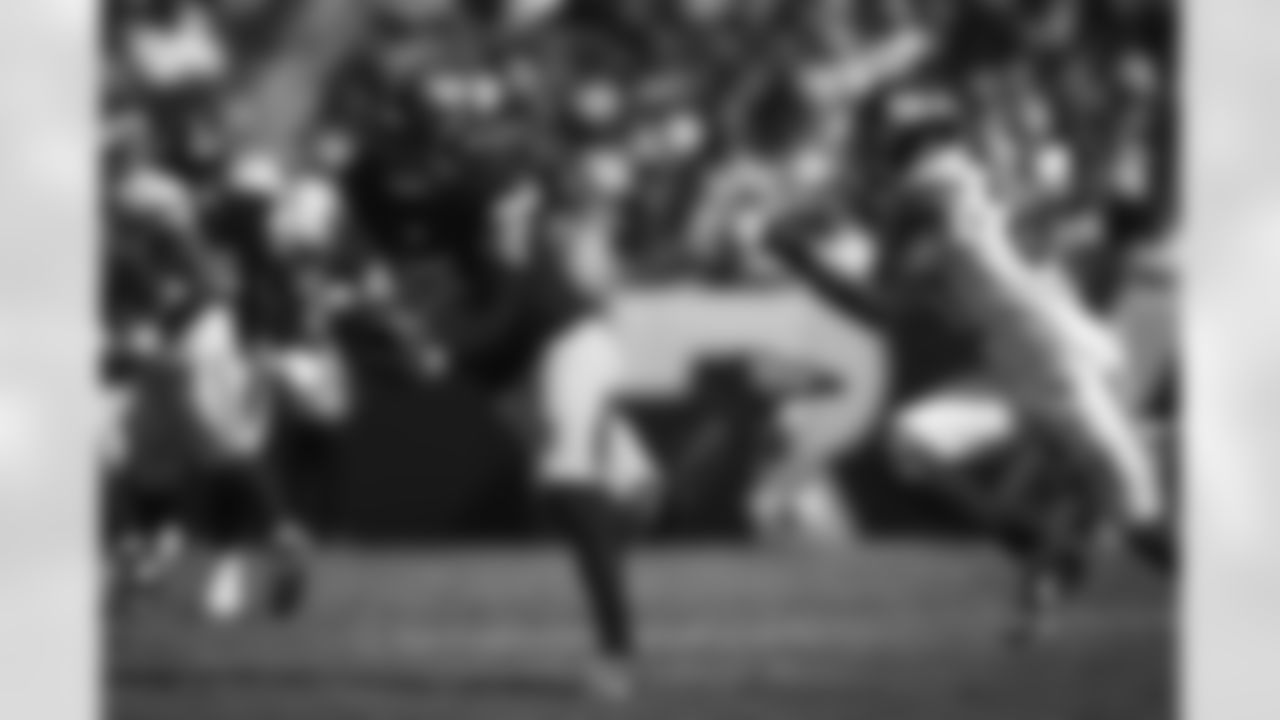
`

`

`

`

`

`

`
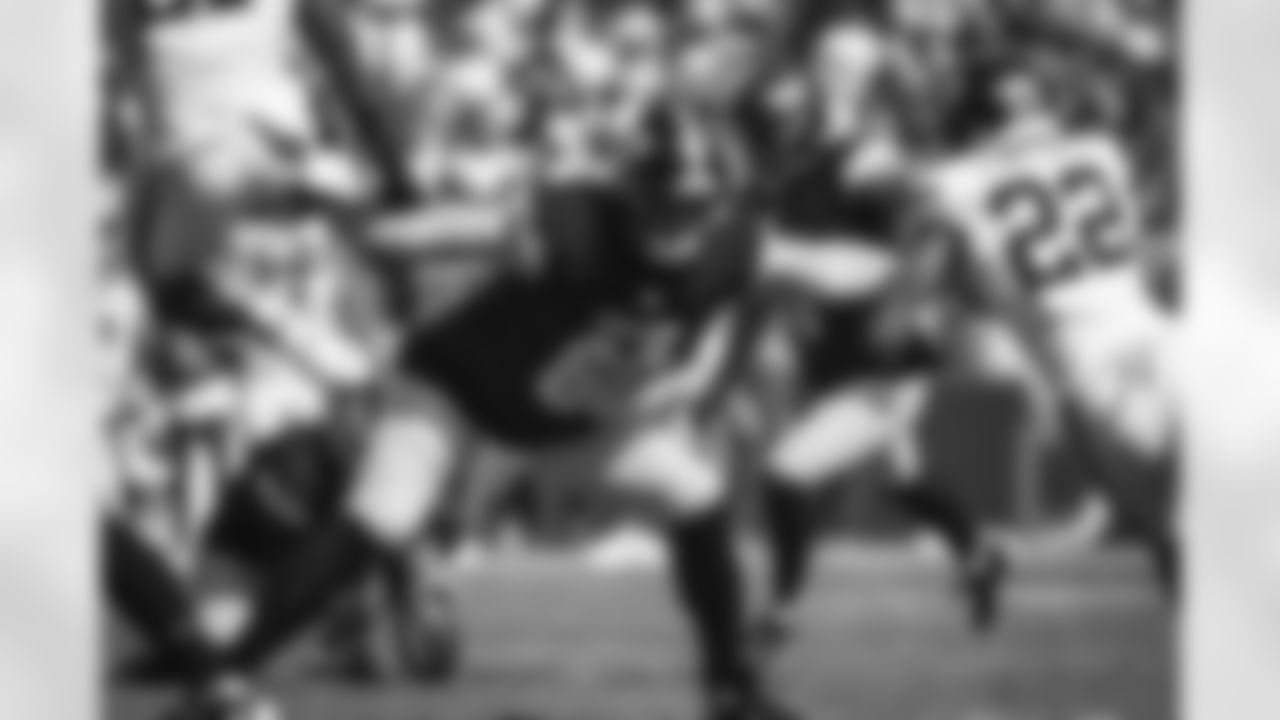
`

`

`

`


`


`

`
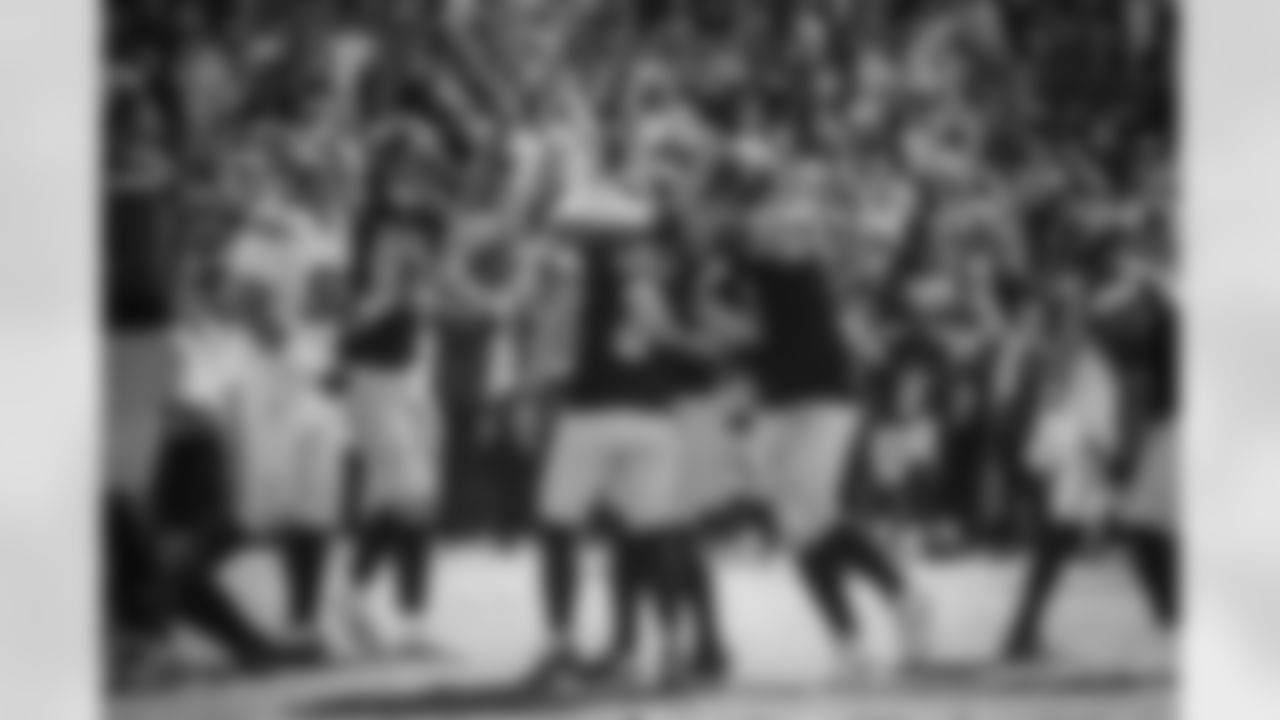
Washington Commanders vs New You Giants week 2



`
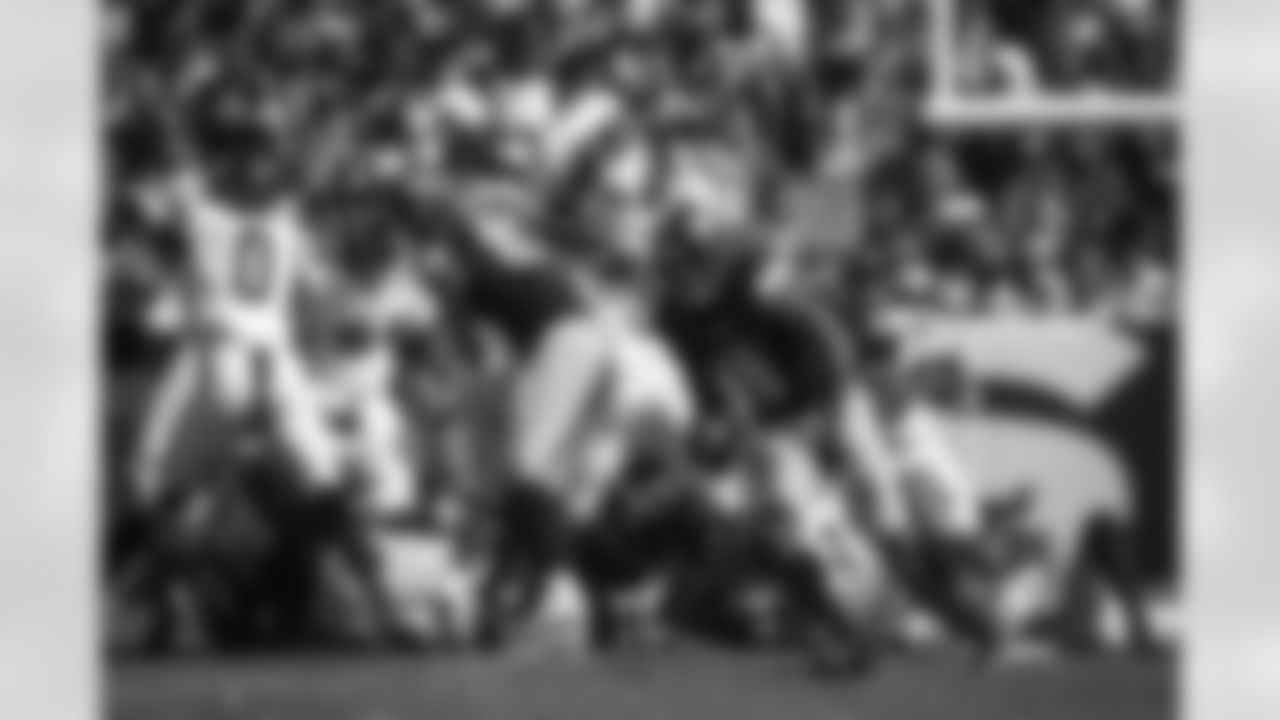
`

`

`

`

`
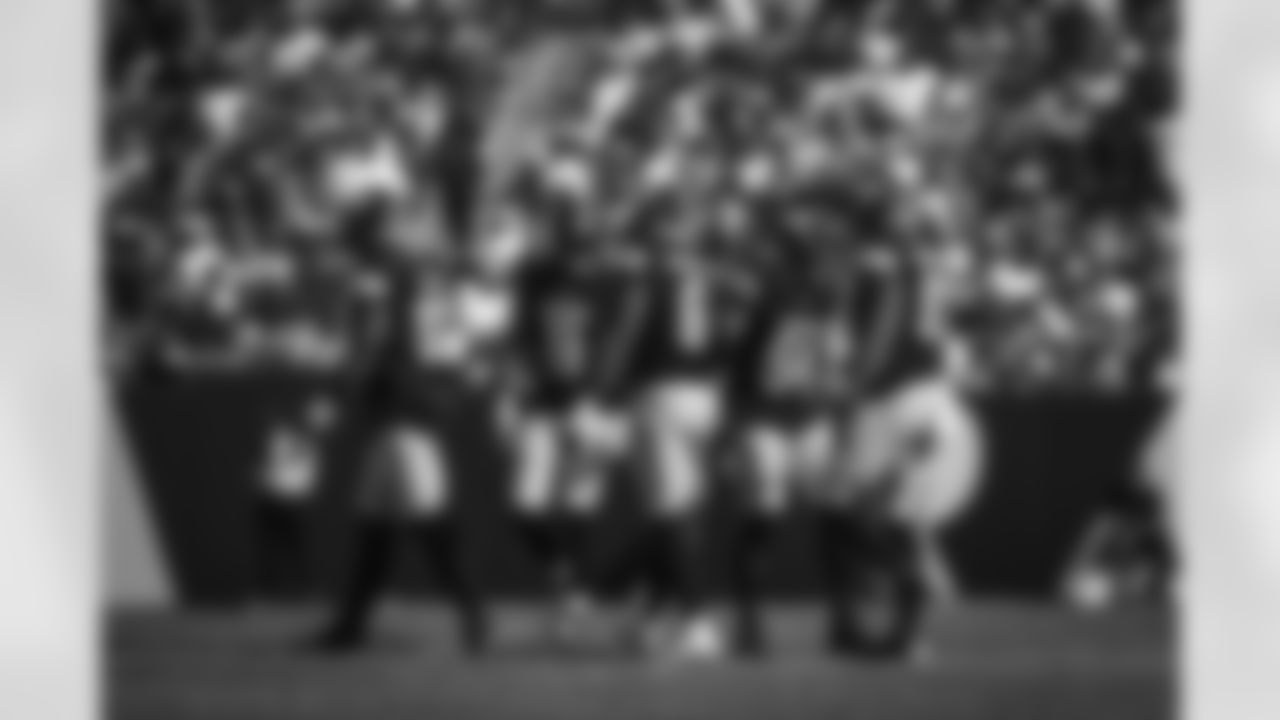
`



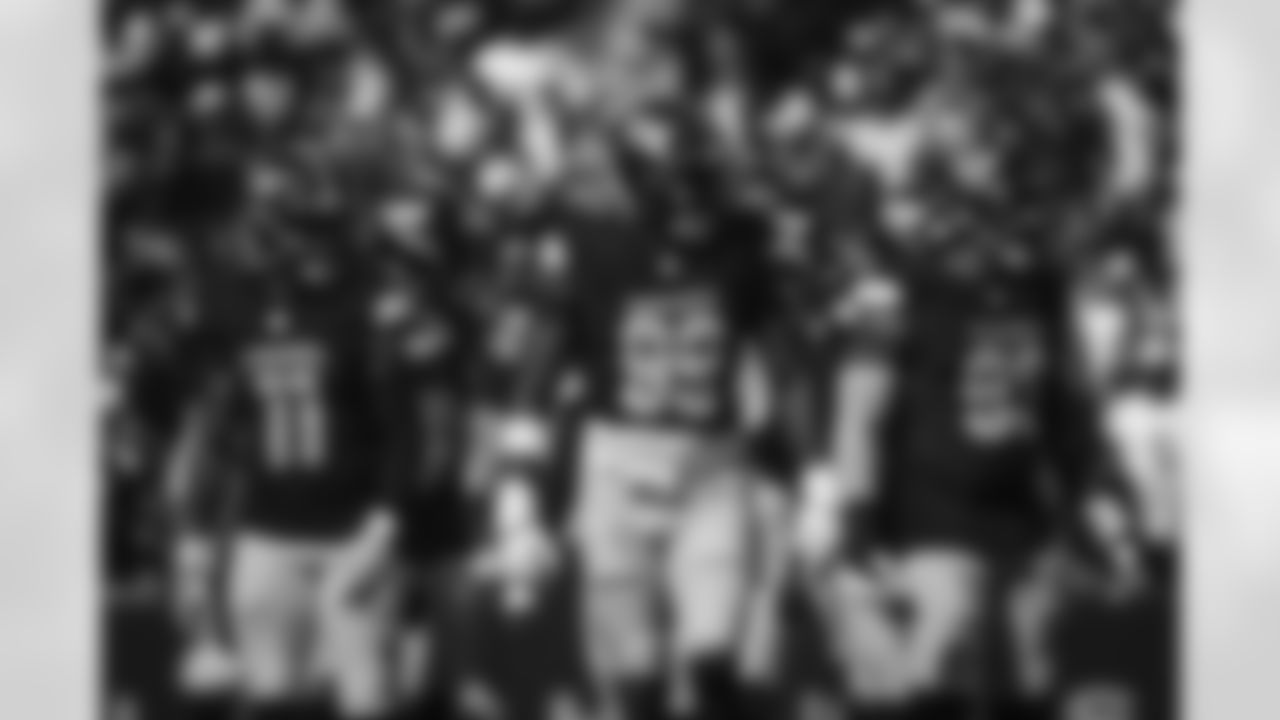
`

Cornerback Benjamin St-Juste (25) deflects a pass in the end zone at the New York Giants vs Washington Commanders game at Northwest Stadium in Landover MD on September 15th , 2024. (Alyssa Howell/Washington Commanders)

`






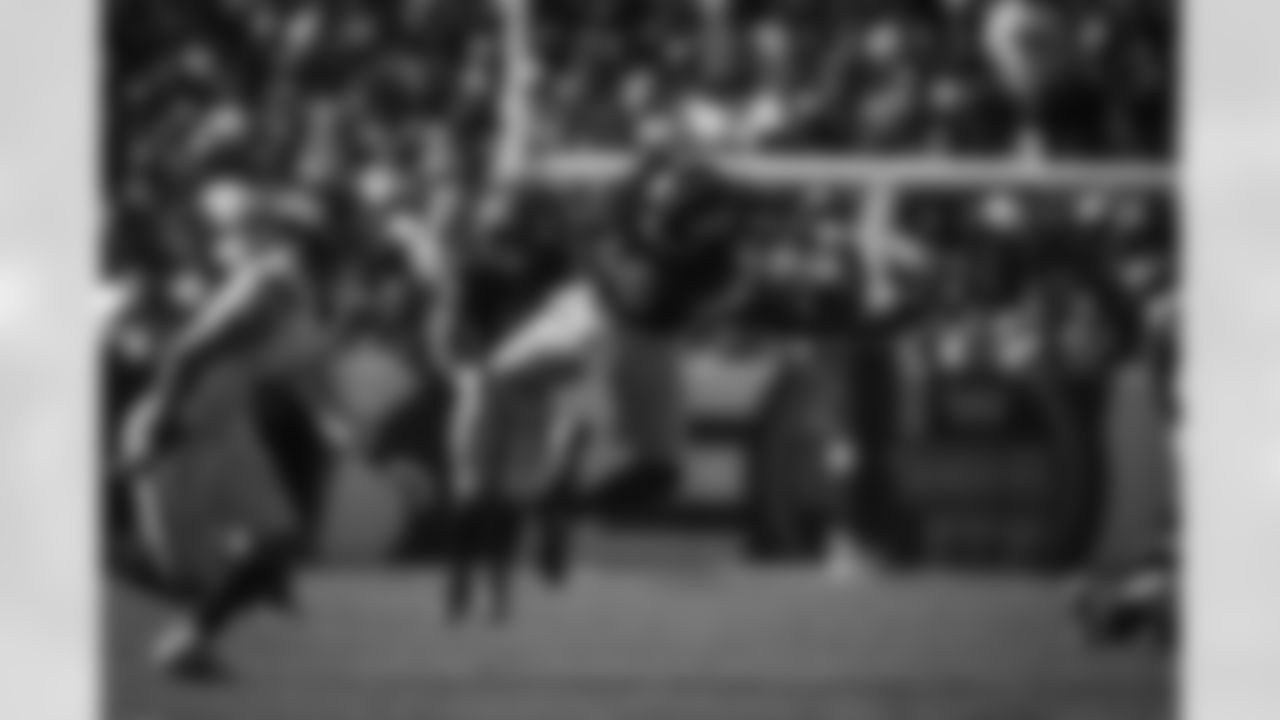
`


`

`

`

`



`

`

`

`

`

`
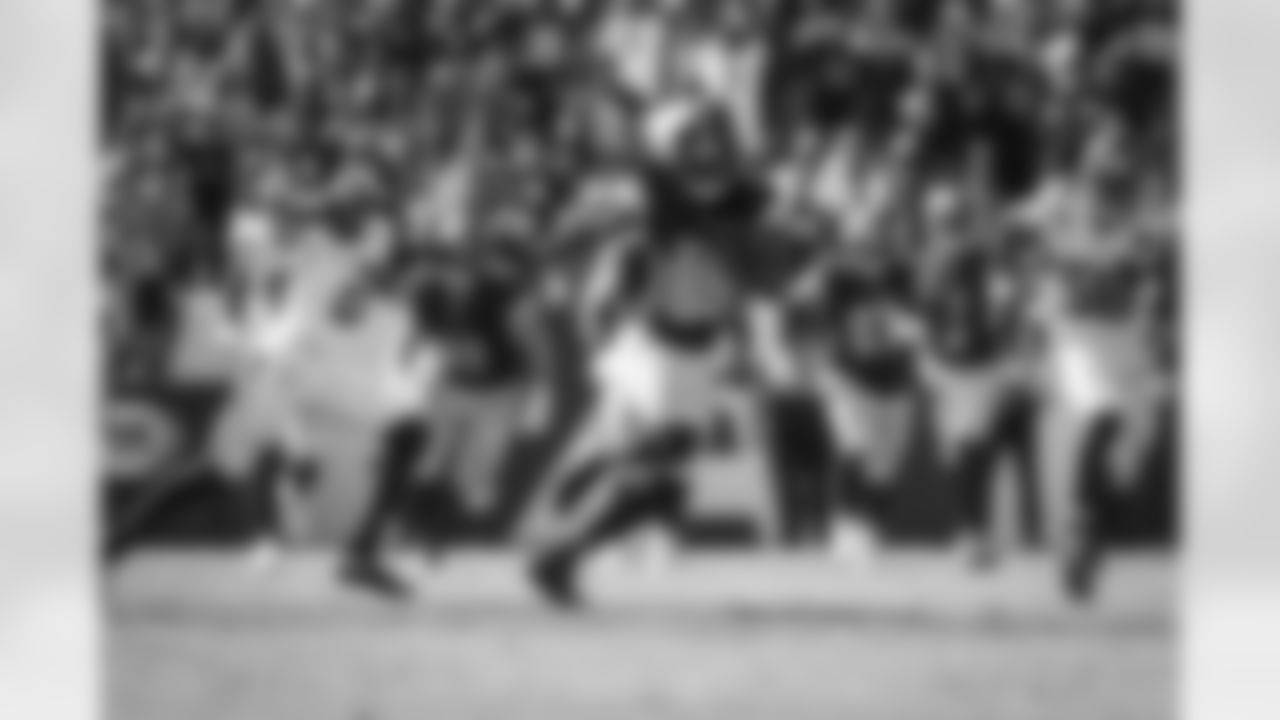
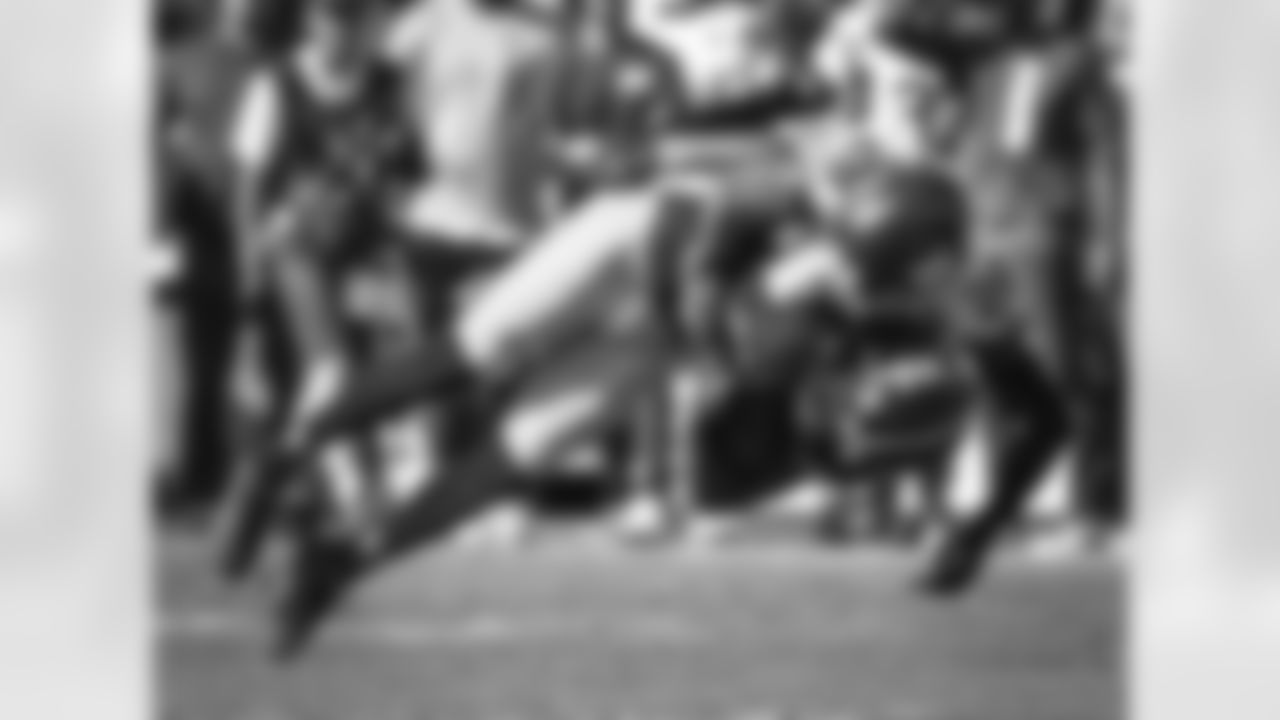
Wide receiver Noah Brown (85) with the reception at the New York Giants vs Washington Commanders game at Northwest Stadium in Landover MD on September 15th , 2024. (Alyssa Howell/Washington Commanders)


`
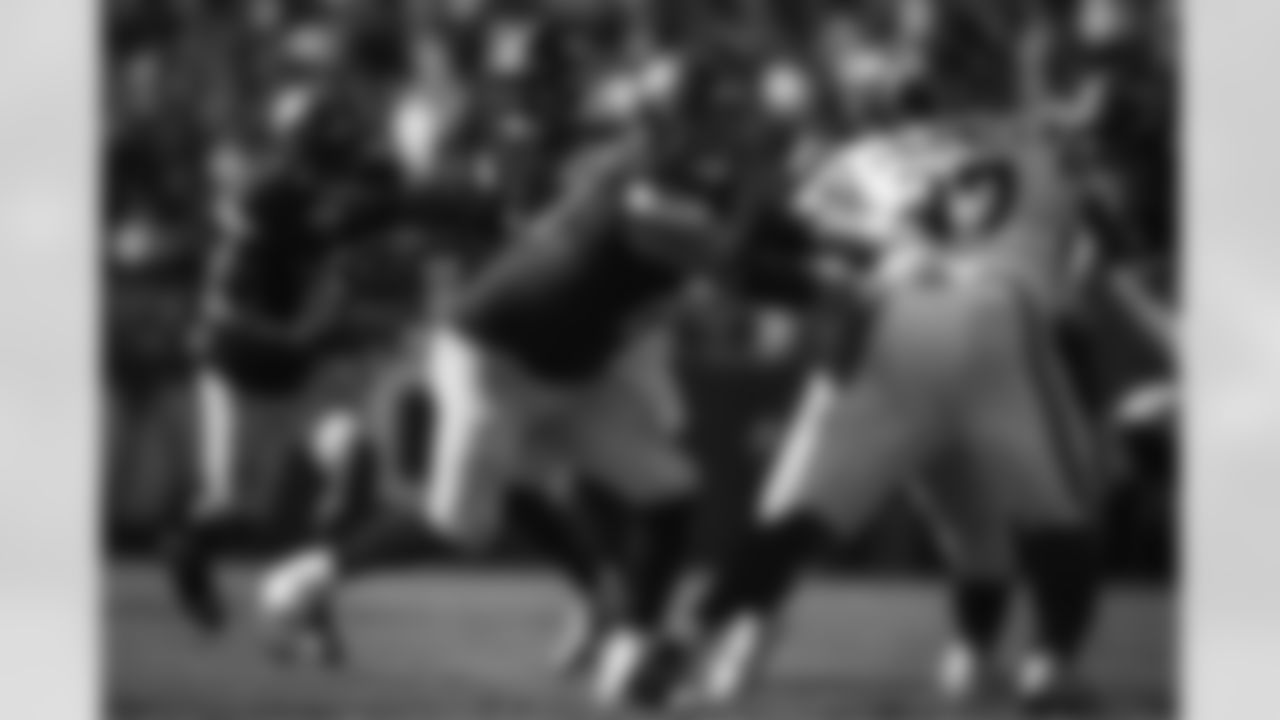
`

`
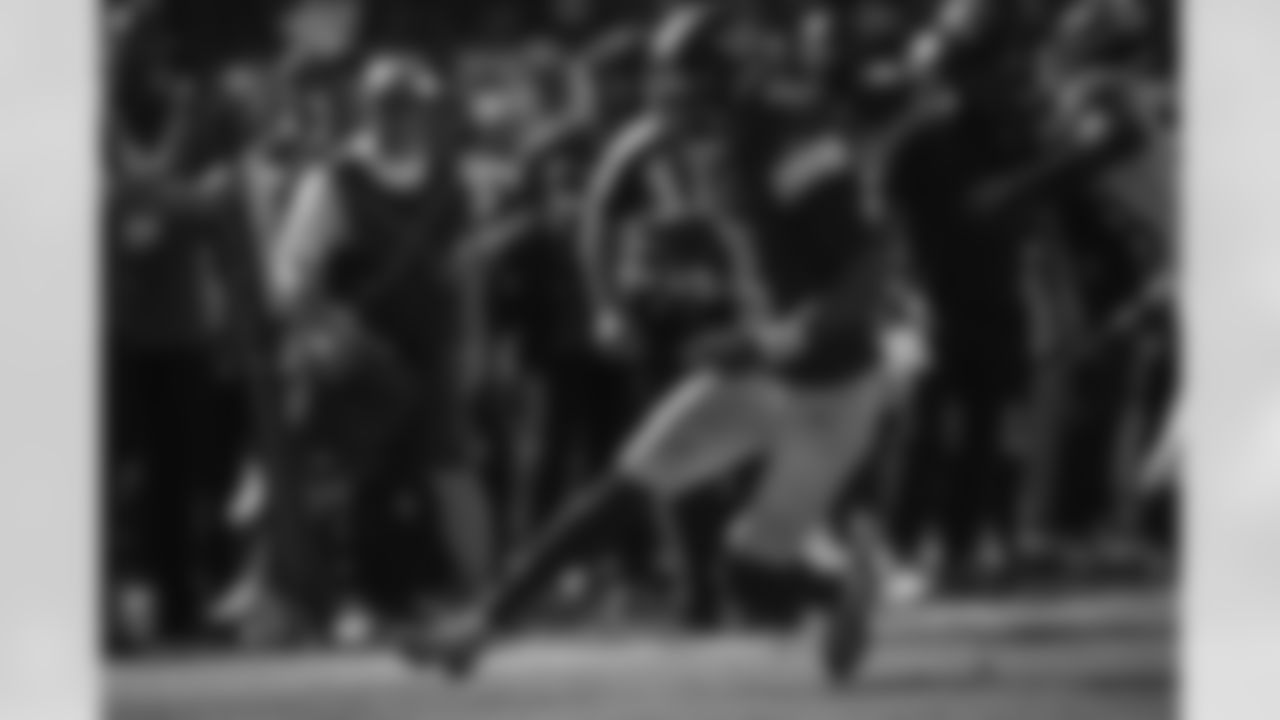
`

`
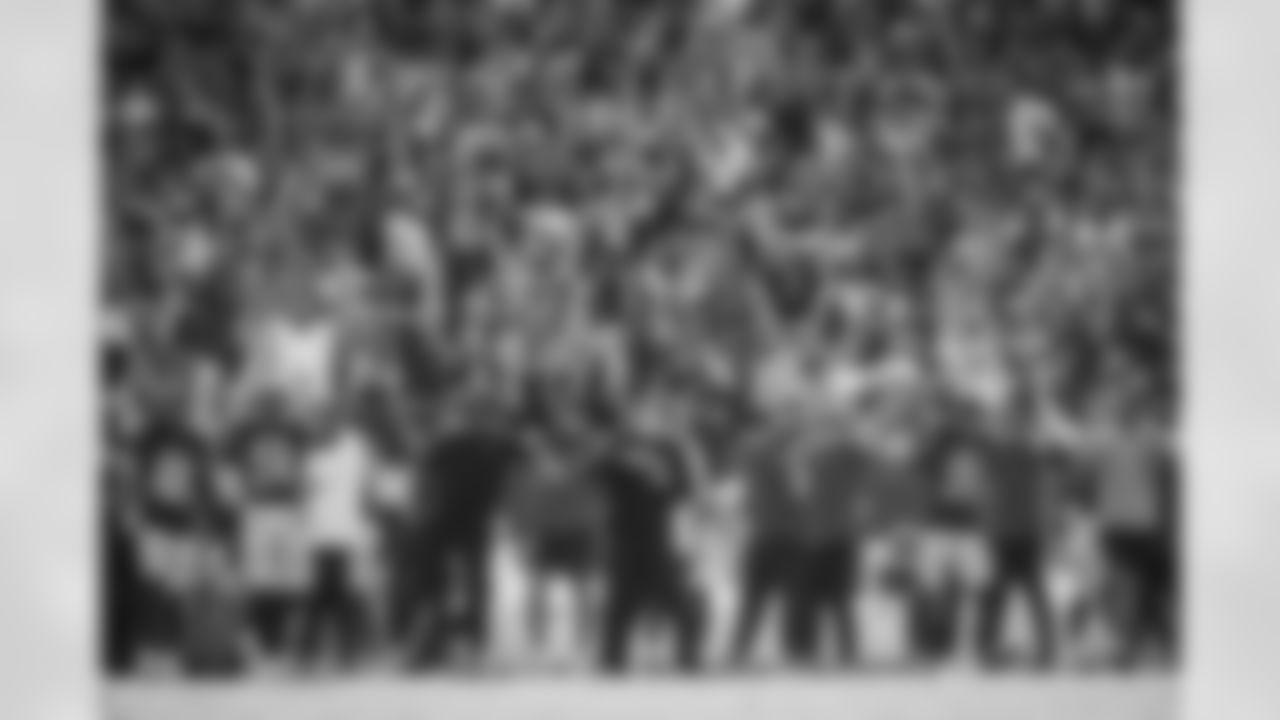


Kicker Austin Siebert (3) lifted by his team mates after the game winning kick at Northwest Stadium in Landover MD on September 15th, 2024. (Alyssa Howell/Washington Commanders)

Kicker Austin Siebert (3) being lifted by teammates celebrating the game winning field goal at the New York Giants vs Washington Commanders game at Northwest Stadium in Landover MD on September 15th , 2024. (Alyssa Howell/Washington Commanders)

`
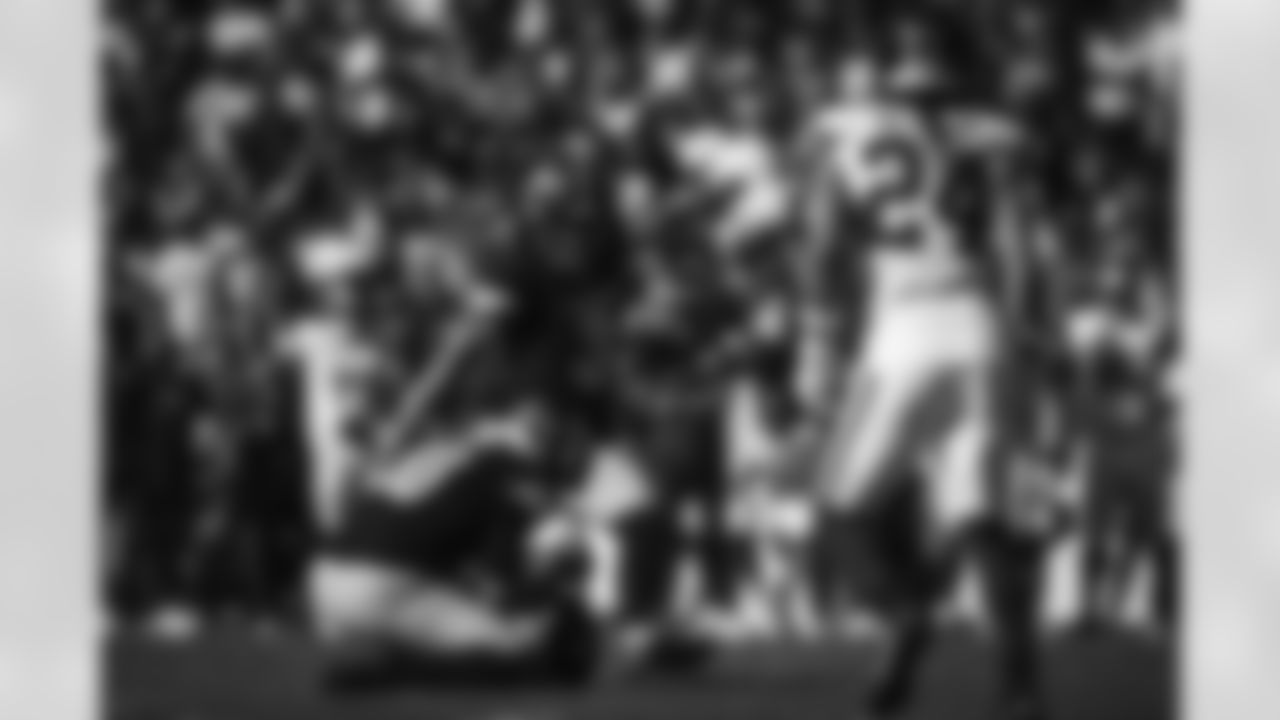
`
Kingsbury knows the Commanders' offense can execute in the red zone because he saw it work in Week 1. They scored touchdowns on all three of their red zone attempts and got inside the 10-yard line each time to do so. Robinson powered seven yards to get across the goal line in the first half, while Daniels took the ball in himself on the final two scores.
Against the Giants, the Commanders were actually more effective, driving into the red zone six times and nearly did so a seventh time in the second quarter. But while the Commanders were solid outside of the 20-yard line, they started to stall inside of it. The unit gained just 27 yards in the red zone in Week 2.
The false starts didn't help, either. Ben Sinnott moved early on what would have been a fourth-and-1 attempt at the Giants' 4-yard line during the Commanders' opening drive. After Cosmi's penalty, Nick Allegretti jumped on a second-and-goal. Robinson was knocked back for a two-yard loss on the next play, and Daniels' pass to Dyami Brown was out of bounds.
In the fourth quarter, on a drive that Washington needed to score on to at least tie the game, there were two false starts: one on first-and-goal by Cosmi and another on third-and-goal by Cornelius Lucas. They still managed a field goal, but like all the other drives, it could have been more.
"It doesn't help when you're moving backwards, there's no doubt," Kingsbury said.
It seems like the entire league is struggling with scoring in the red zone, as teams are averaging just 21.4 points per game through two weeks. It's particularly difficult for a rookie quarterback, as windows get smaller and the margin for error is razor thin. Daniels has been accurate with the ball so far with a third-best completion rate, but the number of disadvantageous scenarios caused by the penalties created even more difficult down-and-distances and limited what the offense could do to get in the end zone.
Head coach Dan Quinn classified the false starts as "discipline" issues.
"The pre and the post snap ones [penalties], that's a no bueno for me," Quinn said. "We will really kind of focus in on that. The false starts were the ones that set us back in this game from a penalty point of view."
Some of those improvements should come as the players get more comfortable with one another. As Allegretti said in the locker room after the win, "None of us have those prior experiences" because of how new the system and personnel are to the team. Allegretti wants himself and his fellow offensive linemen to get more acclimated to Daniels' cadence, and the only way to do that is through practice.
"There's a lot of stuff that we have to learn from," Allegretti said. "That's why I think we're gonna continue to make great jumps week-to-week. I mean, we moved the hell outta the ball today. It felt great. Red zone, not great. We're gonna fix that."
Guard Sam Cosmi brought up the idea of using more silent counts in the red zone to remove the need to hear Daniels at the line of scrimmage. As beneficial as a home crowd can be for the Commanders, the noise can make it difficult for players to hear the snap count.
It will be just as loud, if not more so, in Cincinnati, and this time, there will be far fewer fans cheering for the Commanders to score. Kingsbury knows they can't afford to have the same mistakes as they did in Week 2.
"Just focus," Kingsbury said. "It's on all of us to make that a huge part of our week. It's just focus when you're on the field, treating it like a game. And I thought, like I said, the first week on the road, loud atmosphere, handled it really well, and for some reason at home we didn't. So, we got to lock back in and get back on track there."
Assuming the Commanders don't get jumpy on Monday night, they do have some matchups they can exploit. The Bengals have not defended the run well to start the season, and the Commanders have been one of the best running teams in the NFL. The Bengals have the allowed the second-fewest passing yard per game so far, but Daniels' accuracy provides some confidence that he can find open spots in their coverage.
As long as the Commanders can stay out of their own way, they should be able to give themselves a chance.
"Offensively, we're just that close," Cosmi said. "There's lack of communication in certain aspects of the game, but if we fix those things, offensively, we can be really, really good."












